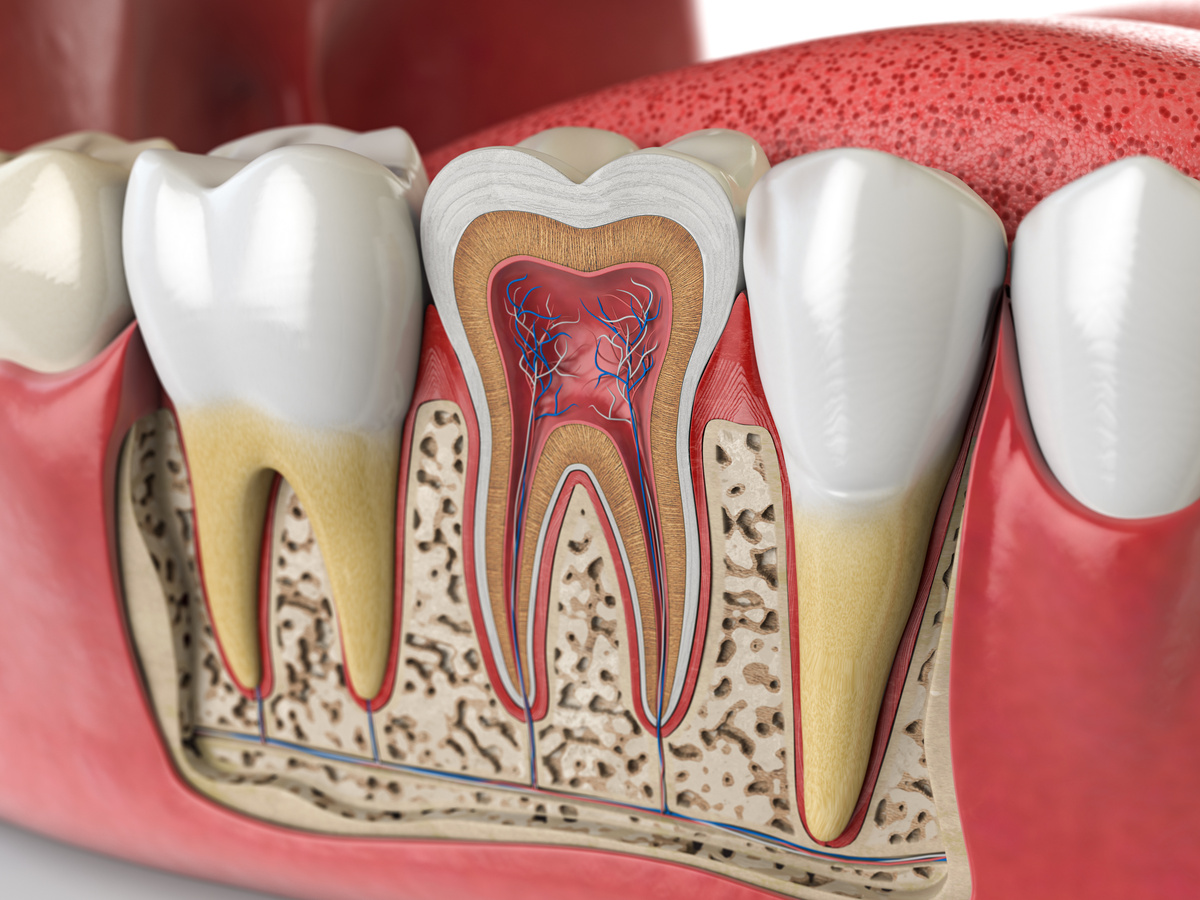
While root canal treatment successfully saves millions of teeth each year, occasionally the initial treatment may not heal properly or new problems may develop over time. Failed root canal treatment can occur months or even years after the original procedure, often developing gradually as bacteria find new pathways into the treated tooth or when complications arise that weren’t addressed in the initial treatment. Understanding the warning signs of treatment failure helps patients seek appropriate care before the situation becomes more complex or painful.
At Burien Endodontics, we understand that recognizing the symptoms of failed root canal treatment can be concerning for patients who believed their dental problems were resolved. Our practice provides comprehensive endodontic retreatment services designed to address these complications and preserve your natural tooth when the initial treatment hasn’t achieved the desired results. Through advanced diagnostic technology and targeted treatment approaches, we help patients overcome treatment failures and maintain their oral health.
Early Warning Signs of Treatment Failure
The earliest symptoms of failed root canal treatment often appear as subtle changes that patients may initially dismiss or attribute to other causes. Most often, patients notice mild discomfort or sensitivity in the treated tooth that wasn’t present immediately following the original treatment. This discomfort may occur when biting down, chewing, or applying pressure to the tooth, suggesting that inflammation or infection has returned to the area.
Temperature sensitivity represents another early indicator that the root canal treatment may not have completely resolved the problem. While some temporary sensitivity following treatment is normal, persistent or increasing sensitivity to hot or cold substances weeks or months after treatment may indicate that bacteria have re-infected the tooth’s internal structures. Patients may also notice a dull ache or occasional throbbing in the treated tooth that comes and goes without apparent cause.
Changes in the tooth’s appearance can also signal potential treatment failure. The treated tooth may begin to darken or develop a grayish color compared to surrounding teeth, indicating that tissue breakdown is occurring within the tooth structure. Additionally, patients might observe slight swelling in the gum tissue around the treated tooth or notice that the area feels tender when touched with the tongue or finger.
Advanced Symptoms Requiring Immediate Attention
As failed root canal treatment progresses, symptoms typically become more severe and persistent, requiring prompt professional evaluation. Intense, throbbing pain that interferes with daily activities represents a clear sign that the treatment has not successfully eliminated the infection or that a new bacterial invasion has occurred. This pain may worsen when lying down or may wake patients from sleep, indicating that pressure is building within the tooth structure.
The development of swelling around the treated tooth or in the surrounding facial area suggests that infection has spread beyond the tooth’s root system. An abscessed tooth occurs when bacteria enter the pulp of a tooth through decay, periodontal disease, or a cracked tooth, causing infection and pus buildup that can affect surrounding tissues. This type of swelling may be accompanied by a bad taste in the mouth or the appearance of a pimple-like bump on the gums near the affected tooth.
Persistent bad breath or an unpleasant taste that doesn’t improve with regular oral hygiene may also indicate that bacteria are multiplying within the treated tooth. These symptoms often accompany other signs of treatment failure and suggest that the infection is actively producing waste products that affect the patient’s sense of taste and smell.
When Symptoms Warrant Emergency Care
Certain symptoms associated with failed root canal treatment require immediate attention to prevent serious complications. Severe facial swelling, difficulty swallowing, or fever accompanying dental pain may indicate that the infection is spreading to other areas of the head and neck. These situations require emergency endodontic care to address the infection and prevent potentially dangerous complications.
Patients experiencing sudden, severe pain that doesn’t respond to over-the-counter pain medications should also seek immediate evaluation. This type of pain often indicates that pressure is building within the tooth structure or that infection has reached surrounding tissues. Our same-day emergency appointments ensure patients can receive prompt evaluation and treatment when symptoms become urgent.
Diagnostic Evaluation and Treatment Options
When patients present with symptoms suggesting failed root canal treatment, our diagnostic process begins with a thorough evaluation of the affected tooth and surrounding structures. We take diagnostic images and utilize CBCT scan technology to visualize the internal condition of the tooth and identify any areas where the original treatment may not have been completely successful. These advanced imaging techniques reveal details that traditional X-rays might miss, allowing us to develop accurate treatment plans.
Our 100% digital patient records enable us to review the history of previous treatments and compare current findings with baseline information when available. During the evaluation, we walk patients through what they can expect during their visit and explain the scope of care we provide for treating failed endodontic treatment. This assessment helps us determine whether retreatment can successfully address the problem or if alternative approaches might be necessary.
The treatment options for failed root canal treatment depend on the specific cause of the failure and the current condition of the tooth. Endodontic retreatment involves accessing the tooth again, removing the previous filling materials, and thoroughly cleaning and disinfecting the root canal system before placing new filling materials. In some cases, apicoectomy surgery may be recommended to address persistent infection at the root tip that cannot be reached through conventional retreatment approaches.
Get Expert Retreatment Care at Burien Endodontics
Failed root canal treatment doesn’t necessarily mean you’ll lose your tooth. Prompt recognition of symptoms and appropriate retreatment can often save teeth that initially didn’t respond to treatment. At Burien Endodontics, our focus on non-surgical root canal therapy and advanced retreatment techniques helps patients preserve their natural teeth even when initial treatment didn’t achieve desired results. We utilize 100% digital patient records and take diagnostic images along with CBCT scan technology to visualize the internal condition of your tooth with precision traditional X-rays might miss.
During your visit, we will walk you through what you can expect and explain the scope of care we provide for treating failed endodontic treatment. Don’t ignore symptoms that suggest your root canal treatment may not have been completely successful. Early intervention provides the best opportunity for preserving your natural tooth through retreatment. Our practice accepts patients with or without referrals and provides same-day appointments for urgent situations to ensure you receive timely care when symptoms develop. Contact our experienced team today at (206) 402-5147 or through our contact form to schedule an evaluation and learn more about your treatment options.







